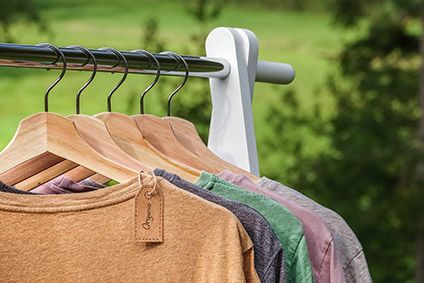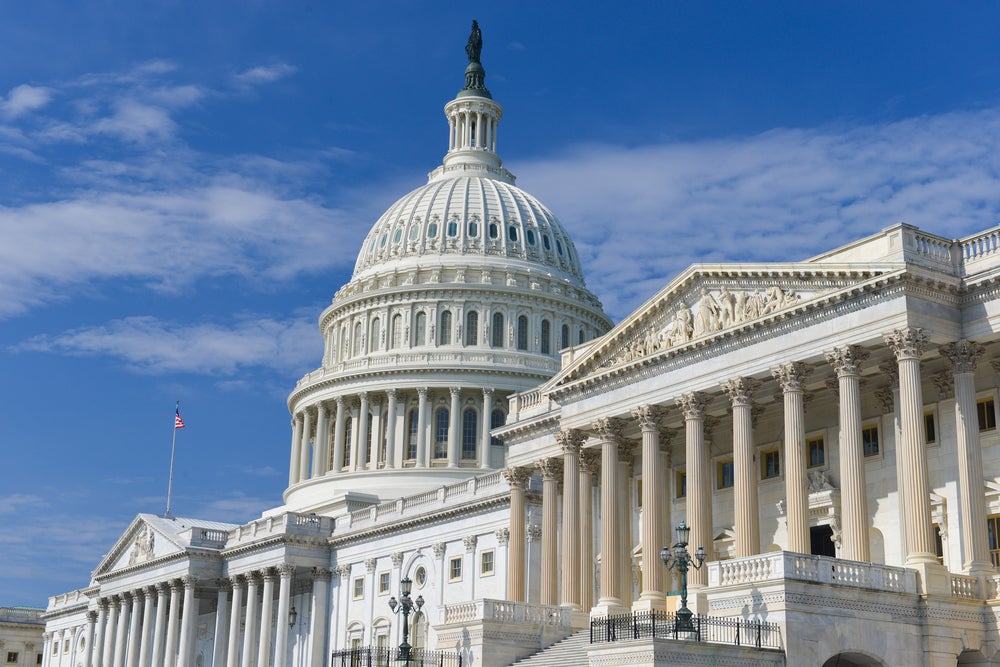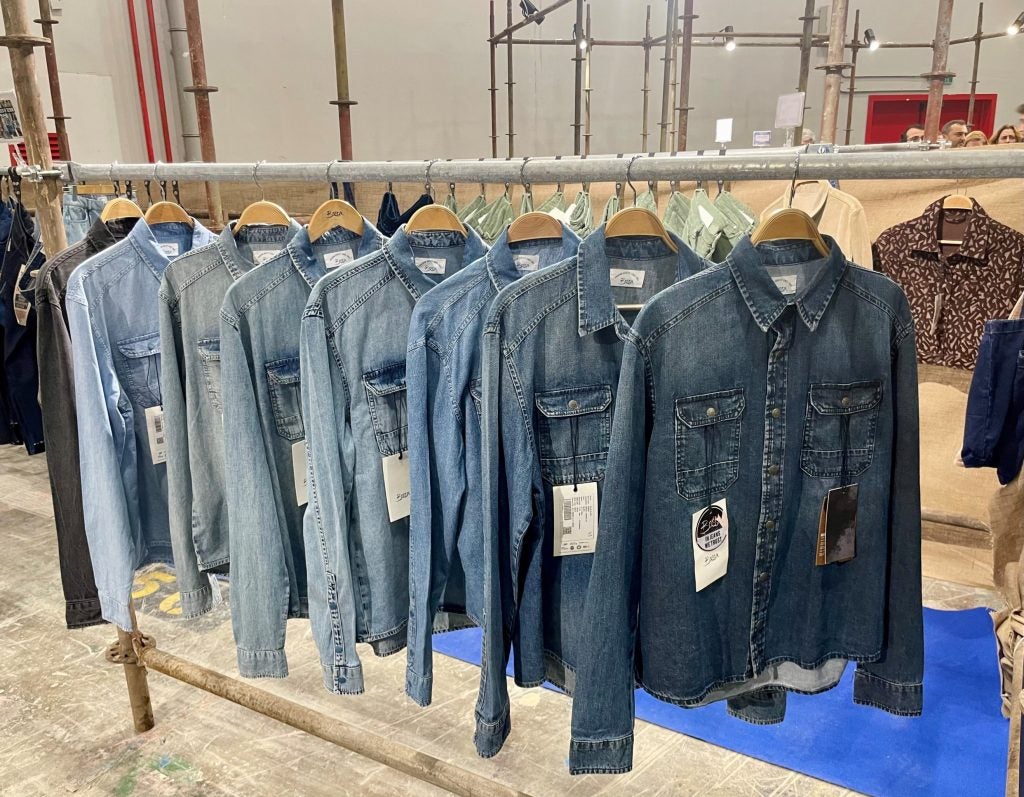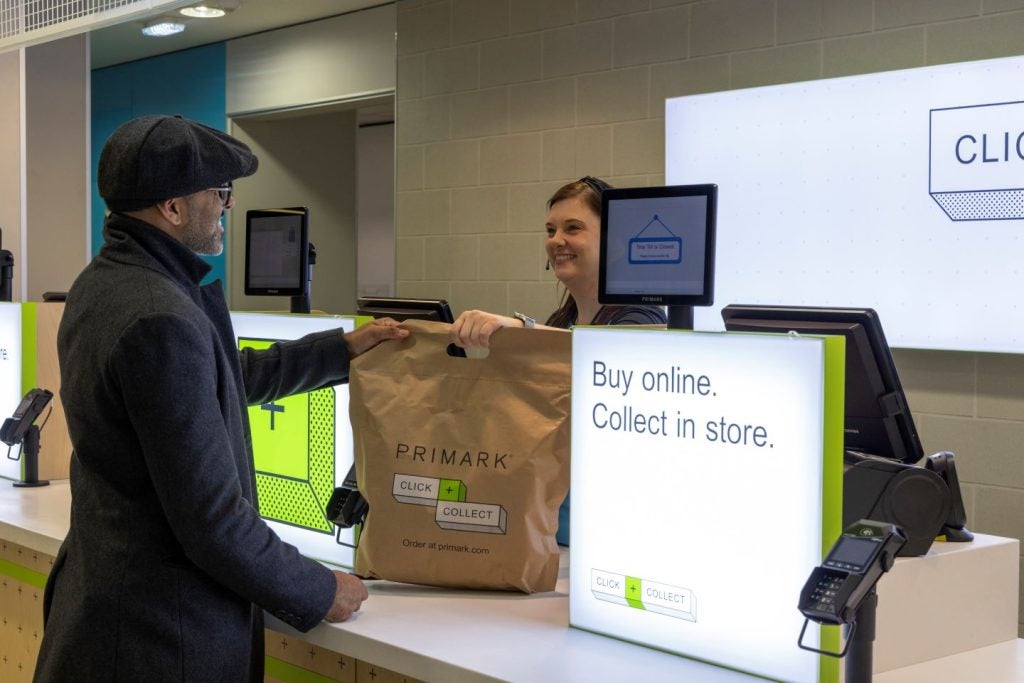
UK sales of Soil Association certified organic textiles grew by 18% last year, new figures show, offering “a positive incentive” for brands and retailers to expand the use of organic textiles in their product lines.
According to its report ‘The UK Organic Textile Market 2019,’ the UK market is now worth GBP41.3m (US$54m), while there was a “considerable increase” in the purchase of ethical clothing in 2018, as that particular market grew by 19.9%.
“This is a positive incentive for companies considering expanding their use of organic textiles within product lines,” the Soil Association says in its report. “Furthermore, a recent study found that more than one in three (37%) consumers say they consider environmental impacts when buying clothes, and 85% of people consider it important for fashion retailers to reduce their climate change impact.”
Meanwhile, as consumer expectations of authenticity and transparency grow, businesses are recognising that organic textile certifications such as Global Organic Textiles Standard (GOTS) and Organic Content Standard (OCS) play a valuable role in ensuring integrity.
The number of GOTS-certified facilities grew by 14.6% in 2018, with growth almost doubling from the previous year. This signifies increased supplier commitment to organic production, the Soil Association says, which in turn increases feasibility for retailers to offer organic garments.
See Also:
And this is good news against a backdrop of growing demand, with 61% of interviewed consumers wanting to know how retailers are minimising their impacts on the environment, and the actions being taken to protect their workers’ human rights.
How well do you really know your competitors?
Access the most comprehensive Company Profiles on the market, powered by GlobalData. Save hours of research. Gain competitive edge.

Thank you!
Your download email will arrive shortly
Not ready to buy yet? Download a free sample
We are confident about the unique quality of our Company Profiles. However, we want you to make the most beneficial decision for your business, so we offer a free sample that you can download by submitting the below form
By GlobalData“This further incentivises brands to tell a story through their products, showcasing commitments to current and future sustainable development,” the Soil Association explains.
With more than half of garments sold in the UK made from cotton, the charity claims that switching conventional cotton to more sustainable cotton alternatives continues to present “one of the biggest opportunities for retailers to reduce their environmental impact.”
With 22% growth in the fashion sector of the UK’s organic cotton market, and 17% growth in children’s/babywear specifically, brands and retailers are recognising that the use of organic cotton in clothing is just one effective way to show consumers how they are transitioning to become more sustainable.
As part of this shift, there are now 38 companies who have signed up to the ‘Sustainable Cotton Challenge’, an initiative spearheaded by the Soil Association and managed by Textile Exchange, where retailers pledge to use 100% sustainable cotton by 2025.
Currently, organic cotton represents less than 1% of the cotton market, but is experiencing fast growth, with a 10% increase in fibre production during 2015/16. The countries producing the largest volumes of organic cotton are India, China, Turkey and Kyrgyzstan, with 66.8% of all cotton produced by Kyrgyzstan being organic.
Countries and regions with the largest percentage growth in GOTS certification in 2018 are: Bangladesh (+29%), North America (+25%), Pakistan (+23%) and South Korea (+23%).
Click here to access the report.







